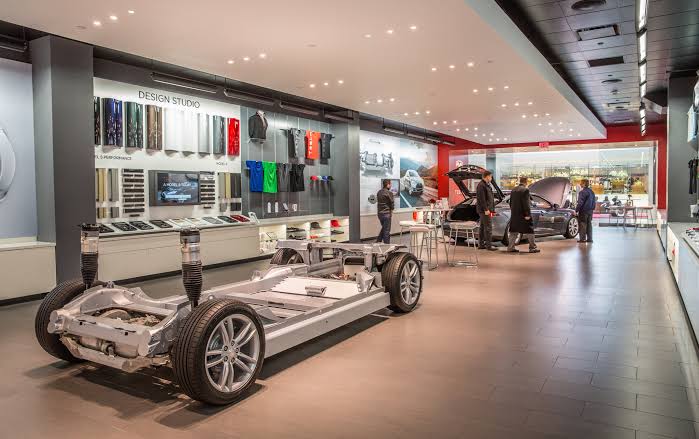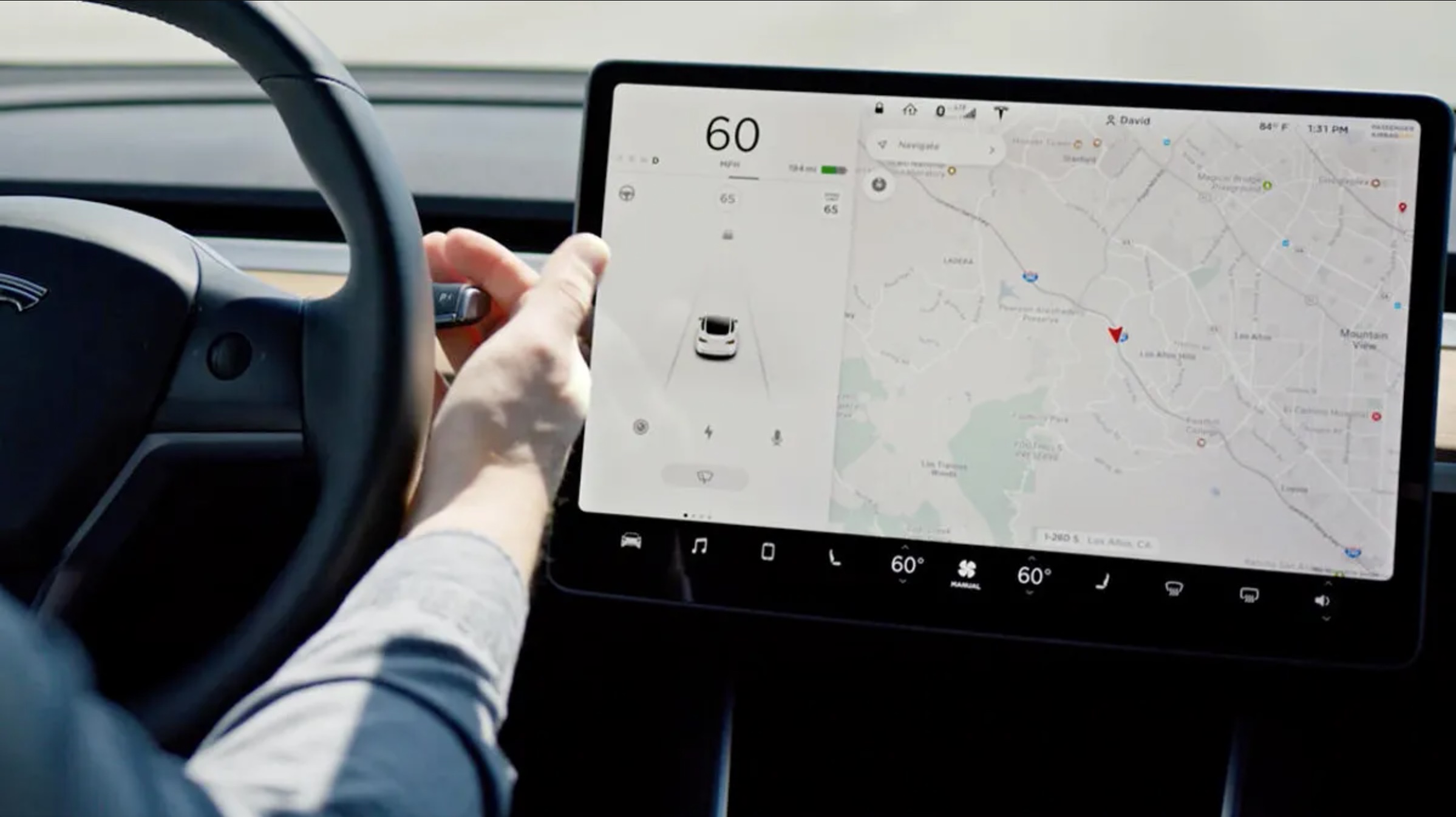Human-centred design (HCD) is a problem-solving approach that prioritises the needs, behaviours, and emotions of users.
It’s a design philosophy that puts the user at the centre of the product development process and focuses on creating solutions that meet their needs and solve their pain points.
In today’s highly competitive market, companies that adopt human-centred design approaches are better positioned to create successful products that resonate with users and stand out from the competition.
One of the key roles in human-centred design approaches is that of a UX designer. A UX designer is responsible for designing the user experience and ensuring the product is designed and built to meet users’ needs. They work closely with other members of the product development team, such as developers, product managers, and designers, to create user-centric solutions that solve real problems.
How Tesla and Apple implemented HCD
Companies such as Tesla and Apple have successfully implemented human-centred design approaches in their product development processes. For example, Tesla’s electric cars were designed to address the pain points of traditional gas-powered cars, such as high emissions and low fuel efficiency. By focusing on the needs of users who wanted an environmentally friendly and cost-effective alternative to traditional cars, Tesla was able to create a product that solved a real problem and resonated with users.

Similarly, Apple’s iPhone was designed with the user in mind, prioritizing simplicity and ease of use. By creating a product that was intuitive and easy to navigate, Apple was able to appeal to a wide range of users who wanted a phone that was both functional and easy to use.
Human-centred design approaches are also important in industries outside of technology, such as healthcare and finance. For example, healthcare companies are using HCD to design patient-centric solutions that improve the patient experience and make healthcare more accessible and affordable. In finance, companies are using HCD to create banking solutions that are easier to use and more accessible to a wider range of users.
In conclusion, human-centred design approaches are crucial in modern product development. By prioritising the needs and behaviours of users, companies can create solutions that solve real problems and resonate with users. UX designers play a critical role in this process, ensuring that the product is designed and built to meet users’ needs and solve pain points. Companies that adopt human-centred design approaches are better positioned to create successful products that stand out from the competition and meet users’ needs.



